Tips On How To Make The Switch To LED Lighting
Would you like to lower your energy costs? Most people constantly scrutinize their electric bills, and since lighting is something you have a lot of control over, you can also help to control the amount of energy that you use. Although most people know that moving away from incandescent bulbs is more cost-efficient, some compact fluorescent bulbs that are available in the marketplace are expensive and don’t provide the same warmth that incandescent bulbs do. However, there are now LED (short for Light Emitting Diode) bulbs that have arrived on the scene that can be used outdoors as well as indoors.
When you hear LED you might think of the red lights on a ticker style of sign or those powerful small lights on pocket flashlights. However, LED lights can also be used in your yard and home.
6 Benefits Of Using LED Lighting
1. More light is produced per watt compared to fluorescents and incandescent bulbs. They also don’t generate any heat. Those two qualities help to save on electricity when it comes to lighting costs and helps to keep a room cool that can get overheated when incandescent bulbs are used.
2. Are hard to damage or break compared to incandescent and fluorescent bulbs.
3. Have longer useful lifespans (60,000 hours estimated) compared with incandescents (only 1,000-2,000 hours) and fluorescent tubes (about 30,000 hours). A quality LED light can give you 17 years worth of use or even more.
4. LEDs dim when they start burning out. This is preferable, especially in safety situations (basement stairs, garages, etc.) compared to an incandescent of CFL (compact fluorescent light) where the only way that you know it isn’t working is when the bulb doesn’t illuminate when you flip the switch.
5. LEDs light up fast.
6. There is no mercury contained in LEDs like there are in CFLs.
The one drawback that LED lighting has is the upfront cost. They are more expensive compared to conventional lighting technologies. But you usually can recoup your costs within one year by having to replace the bulbs less frequently and by having lower energy bills.
Indoor Uses
You might have your own personal lighting preferences, but generally speaking, “natural white” and “cool light” are great options for general ambient lighting and also spaces that need more task lighting, such as home offices, studies, and kitchen. A yellow hue is cast by incandescent lights. When LEDs are used you have more flexibility for using the lights throughout the different rooms in your house.
Generally speaking, natural white and cool lights are reliable options for most spaces and uses, however, a “daylight” or “natural” bulb is recommended for reading.
Outdoor Uses
Some people say that UV lights are something that many bugs are attracted do, and there are some LED lights that don’t emit UV light. So it may be worthwhile to explore LED landscape lighting options for your backyard to help reduce how many insects your lighting attract. LEDs have long lives, so they are ideal for those hard to reach lights that are on the exterior of your house, whether they are lights that need to be turned off and on frequently, back and front door lights, or floodlights.
Call us now or contact us today for more information regarding starting or finishing a new or existing outdoor lighting project of yours!
